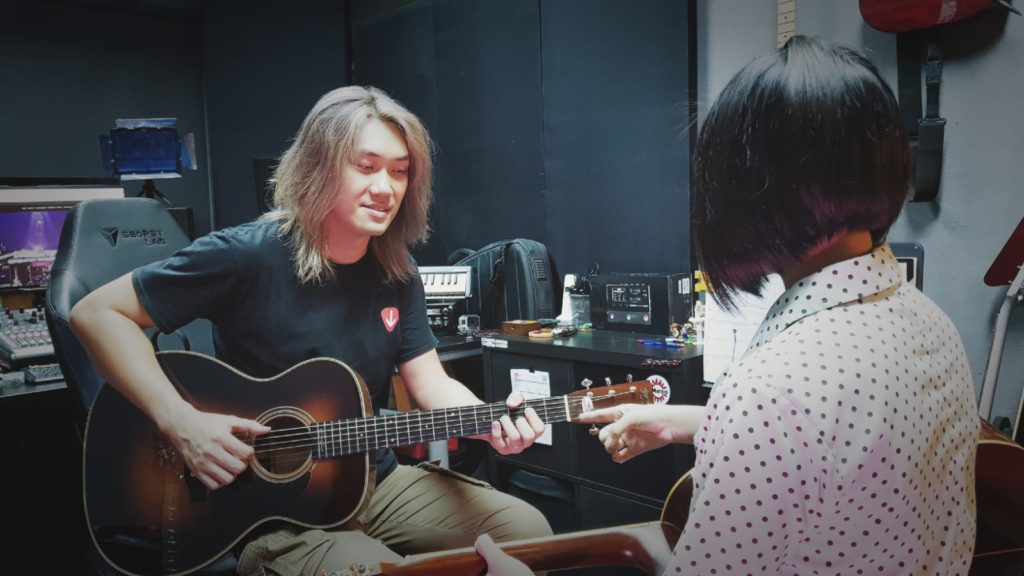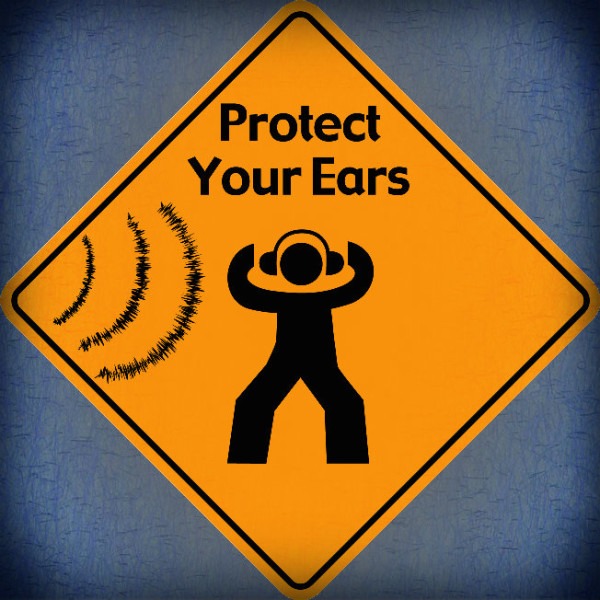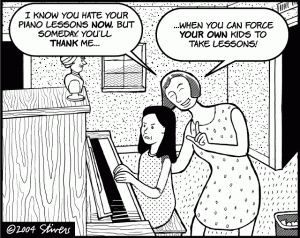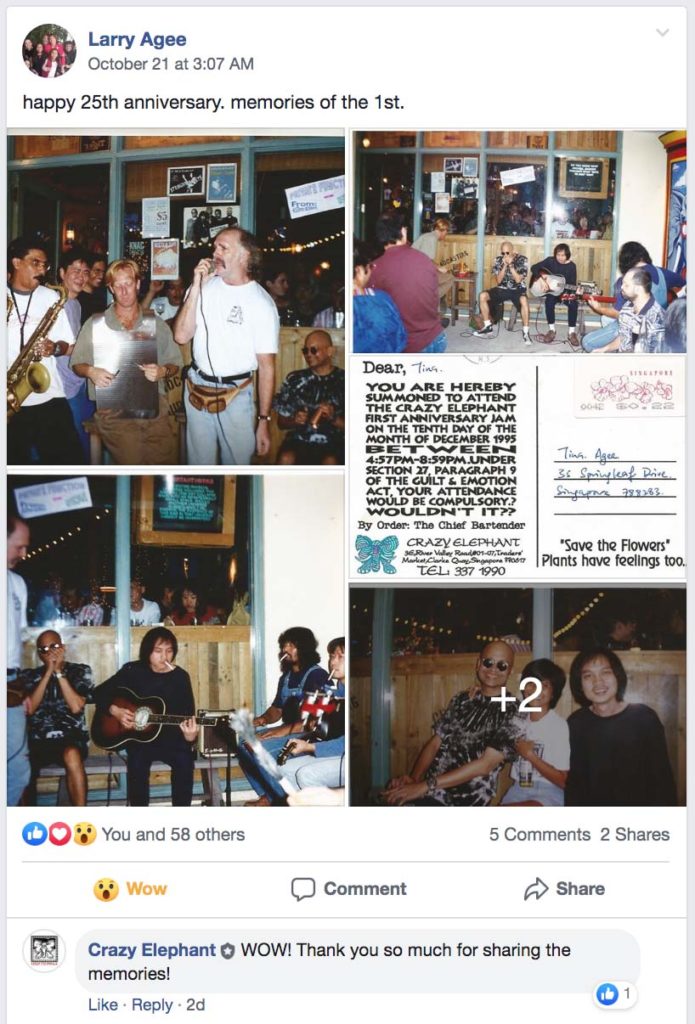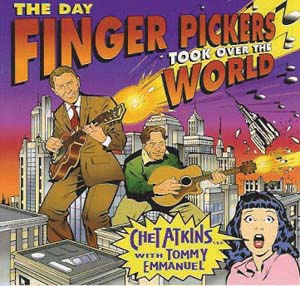How to choose a guitar pick?

Pick the right pick! How, though?
With guitar picks, the plethora of options out there presents a challenge for beginners wanting to pick the right pick. How to choose a guitar pick is a topic that goes on forever. Guitar picks vary in shapes and thickness and are made with different materials. The latter depends more on personal preference, but the shape and thickness depends on
Get the right shape!

Various shapes of guitar picks
The image above shows only 8 of the commonly seen shapes, there are crazier designs out there. For now, we will explain the reasons behind these 8 shapes. By the end of this article, you should know how to choose the guitar pick for your daily practice!
Standard
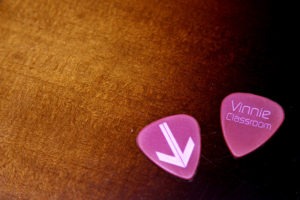
The standard shape is one of the most popular choices, so you can expect to find a large range of quality picks of this shape in music stores. This is an all-rounder design that allows you to excel in both strumming and picking. It fits well in any hand size too. Standard-shape pick prices range from $0 to $5 for each pick. If you are a beginner, we highly recommend you start with this design.
Teardrop
The teardrop is designed with precision in mind. People who are able to use these often complement it for allowing them to get closer to the strings, feeling the strings better. However, teardrop picks are not for everyone. They are rather small and require a certain level of skill to control. So if you are looking at these, you should already have a good amount of experience with the standard pick.
Jazz
The Jazz pick is probably the best solution to those who want the angle of the standard pick, but in a smaller size. While the standard pick is branded as a one-size-fits-all pick, that is never quite the case. In this case, most people actually prefer the jazz pick after they are done exploring the standard pick. But just like the teardrop design, we recommend all beginners to stick to the standard for a start.
Pointy
While jazz picks may be the most right-sized, it may not have the best in terms of angle. The picking angle of the Jazz pick is very much the same as the Standard. For people who wish their pick can glide pass the string effortlessly, Pointy is the best solution. Pointy is pretty much the sharper version of the Jazz. Paul Gilbert commonly use such design and is also commonly known for his speed and precision!
Pentagon
I know, that isn’t how a Pentagon should look like. This design is between the Jazz and the Teardrop. The chopped off ends allows the pick size to be smaller but at the same time offering the picking angle similar to the Jazz. If you are looking for a Jazz pick with a smaller surface area, this might be it. Besides, it looks funky and cool!
Triangle and Equilateral Triangle
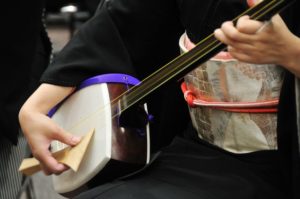
Img: Wow-j.com
The triangle and equilateral triangle picks are for those with huge hand size. They offer a thicker tone due to the amount of mass on the pick and also allows for you to pick on all corners. This means, there isn’t a moment you will panic on stage because you are holding the pick in the wrong position. On top of being a big pick, Triangle pick reminds us of the Japanese Traditional instrument Shamisen (三味線). Though not entirely the same but you can see the similarity between the pick used for the Shamisen and this Triangle pick.
Sharkfin
The Sharkfin was branded as a multi-purpose guitar pick. It is a combination of Teardrop, Standard and the Sharkfin. The top right corner offers the small picking angle like the Teardrop. The bottom offers the picking angle like the Standard. The Sharkfin side is perhaps the smartest pick design ever. By strumming the guitar strings with the multiple ridges, you can attain a tone that sounds similar to the Chorus effect or 12-string guitar! That is because the pick design allows the string to be strum a couple of times in just 1 stroke! There are brands out there that offer Sharkfins made with various thicknesses on the different corners too!
Thickness, just how thick is right?
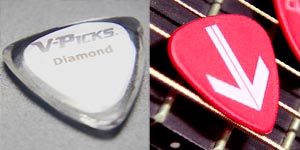
IMG: V-Picks.com
Guitar pick comes in a huge variety of thickness and they all serve a specific purpose. There is no right or wrong with which thickness you choose. However, there are some general guidelines to the thickness. We will divide them into 4 categories, Thin, Medium, Thick, and Ultra. Let’s dive in!
Thin Picks
Thin picks are suitable for strumming away on the acoustic guitar. They have a high level of flexibility and helps to reduce all the harshness when you strum hard across the strings. The tone produced is also rather thin but there is specific case where pro-guitarist actually want that tone in their song. Take a look at the ever-popular Wonderwall, the tone is unmistakably achieved by strumming with a rather thin pick! It is almost impossible to get that tone otherwise! We recommend all beginners to get this thickness first and master the art of using a guitar pick.
Medium Picks
Medium picks offer the best of both worlds between strumming and picking. The thickness still allows for some flexibility and hardness when picking individual notes. This thickness is by far the most popular with most Acoustic guitar players that do picking and strumming in their songs. Electric guitar players who do more of rhythm role will also benefit from this thickness because the thinner strings on the electric guitar matches really well with the medium thickness guitar picks. We recommend this to beginners that have passed the stage of Wonderwall.
Thick Picks
Thick picks offer almost no flexibility and makes strumming a lot harder. However, the thickness in return allows for a faster response when picking a string as there isn’t any flexing on the pick to cushion the stroke. This means you can pick faster than with a Medium or Thin pick. With a little practice, the pro-guitarist will be able to strum with the thick pick and achieve a tone similar to Wonderwall. However, the risk of the pick falling off the grip is real when doing so. Usually, a guitarist at this level is able to go between a variety of thicknesses and will have a pouch filled with choices. Beginners, stay clear of the Thick picks.
Ultra Picks
As the name suggests, these picks are not meant for regulars. In fact, they are meant for people who have cleared all stages of Wonderwall and are entering the world of the vast unknown. The ultra-thick pick has no tolerance to flex, they simple are as tough as Diamond. However, the sweet reward of using these picks are ultra-fast picking response and a rather thick guitar tone! Each note will sound as if they have put on a few pounds since you last heard of them. We are not endorsing these kinds of picks but there are a few brands out there that offer this madness. V-Picks being one of the crazier ones… Go try it if you dare. Again, stay clear of this my Beginners.
Conclusion
If you are a Beginner and hunting for the most suitable guitar picks for your daily practice, we recommend you to go with the Thin or Medium thickness on the Standard design. If you have a doubt, it is also a good idea to talk to your guitar teacher about this. Your guitar teacher will know your progress the best and will be able to advise you on what is most suitable for you.

How to choose a guitar pick ? Now you know !
Need more help? Consider taking a Trial Lesson with us! I am sure with our decade-long experience, we will be of valuable help to you.
Contact us through these easy channels! 🙂

